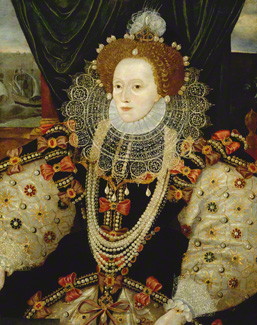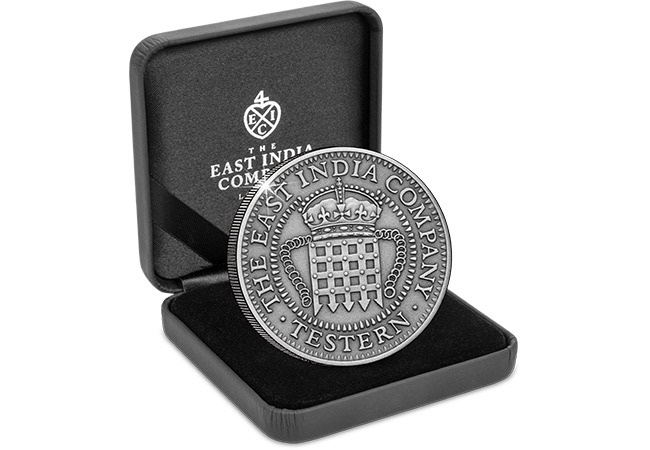Posts Tagged ‘colonial coinage’
The story behind England’s first colonial coinage…
The story behind England’s first colonial coinage is one that few people know about. It begins with the most influential company in world history – The East India Company…
The East India Company today are producers and distributors of quality, exclusive and exotic goods with a 400 year legacy through its trade history, which built the British Empire.
Originally, the East India Company was a band of pioneering merchants who were granted a Royal Charter by Elizabeth I in 1600 to explore the East Indies and bring back exotic goods to the Regal West. In doing so they established new trade routes and broke down the barriers of the world. They established Singapore and Hong Kong, held Napoleon captive in St. Helena and sent the tea that was destroyed at the Boston Tea Party.
The consequences of the Company’s actions are the very fabric of our Commonwealth.

Queen Elizabeth I
England’s very first colonial coinage – struck for the company’s first voyage
In 1601, Queen Elizabeth I signed a Royal Charter awarding The East India Company the right to monopoly on trade in the East.
On signing the Royal Charter, Queen Elizabeth I instructed The Royal Mint to strike England’s very first colonial coinage – the Testern coin. Struck specifically for The Company’s first voyage to the East, the Testern was the very first currency that was minted specifically for trade outside of England.
Following the defeat of Spain in the Spanish Armada in 1588 and after the death of Prince Philip of Spain, the British colonial era of empire commenced and the start of 270 years of trade and conquest began.

The Originial Testern Coin
It’s believed that Queen Elizabeth I insisted on her own trade coinage as means of demonstrating that she was just as powerful as the King of Spain, which would only be effective if it was based on the prevailing international trade coin of the time – the Spanish Real. So, she introduced a coin that was minted in the exact same specification as the Spanish 8 Real denomination, commonly known as ‘Pieces of Eight’. This coin was formally named the Testern but came to be known as ‘Portcullis Money’ due to its unique Portcullis design.
The end of the Testern
Elizabeth I insisted that The East India Company carried the new Testern coins on each voyage, as means of exhibiting her power overseas. Just over £6,000 worth of ‘Portcullis Money’ was loaded onto the vessels of Sir James Lancaster VI’s fleet – the first fleet of The Company. When the fleet arrived in the East many of the coins were melted down, and very few returned to England. In fact, those that did were presented to The Company’s shareholders.
A coin found only in museums

The 2017 Silver Testern Coin
Today, you will only find these coins in museums and even then only a very small number of the Testern ‘Portcullis Money’ coins will be exhibited across the world.
This year, The East India Company and St Helena government have issued the Testern coin in Silver featuring a design based on the original ‘Portcullis money’ and struck in the same weight specification as the Testern coins. Only the second ever minting of Portcullis Money, the design features the iconic portcullis engraving just as its 1601 predecessor.
If you’re interested…
Fully approved by Her Majesty Queen Elizabeth II and strictly limited to just 10,000 coins worldwide, you can own the 2017 Testern Silver coin today if you’re quick.

